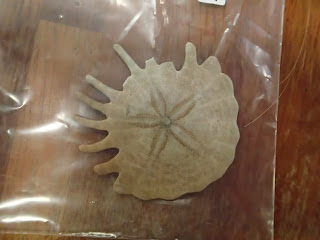Wednesday, 11 December 2013
Boat work 11/12/2013
Sunday, 1 December 2013
Cornettos and Hobbits
Last night the Union hosted a film marathon that I went to see with a few of my friends, the Cornetto trilogy. Aside from the films themselves, it certainly felt like a marathon because the cinema seats are the most uncomfortable seats I have ever had to sit in-and I sat in my seat for six hours! Ok, we did have between-film breaks for a stretch and food. But still.
The Cornetto trilogy is three films starring Simon Pegg and Nick Frost: Shaun of the dead, Hot Fuzz, and The World's End. I had only seen the first two, and so was expecting the same old silly (but good) humour. The World's End surprised me, though. It was more serious than the other two, and had a dramatic back story that wouldn't usually go together with a group of old friends reuniting to have a second go at a popular bar crawl. Nevertheless, it worked well. I got a free tshirt, too.
Speaking of tshirts, I have started the fellowship challenge at the Hobbit pub (the best pub in the world). The challenge is to get all twelve Lord of the Rings themed drinks ticked off on the sheet they give you buy buying them. Once complete, you win a tshirt with the pub's logo, and the right to buy the thirteenth drink, the Nazgûl. So far I have four drinks stamped:
Gandalf
Elrond
Faramir
Fili
By far the worst rated drink is the Bilbo, an orange juice based cocktail with amaretto in it. It's disgusting, so the real challenge is drinking a whole pint of it. I had the unfortunate experience of tasting my flatmate's one, and it tastes like greasy orange juice. It was not great. On the plus side, though, the staff at the Hobbit are very friendly, and actively encourage the building of pyramids with the used plastic cups. Which is great fun.
Right, that's it for now, I have a fair amount of work to do. I'm looking forward to the Christmas holidays when I can see my family again (and sleep in a double bed!), I do miss everyone! But I'm having a really good time, so I can't really complain, can I?
Wednesday, 27 November 2013
Echinoderms and Asteroidea
In the weeks between now and when the Christmas holidays start I will have some boat work, which I am looking forward to. The lecturer briefly told us we would get to see some of the organisms we saw in these practicals alive, so the camera will definitely be joining me! I will find out when this is happening, and may write another blog post before then if it is in a while.
That's enough from me for today, I'm off to the Hobbit for a Frodo.

























































